


Art Movements
Delve into the world’s greatest art movements and expand your knowledge of art history. Discover the unique styles, techniques, and iconic artists that shaped these movements and left an indelible mark on the art world.
-

What Abstract Art? 15 Elements Of Abstract Art
When we encounter abstract art in the modern context, it often sparks debate and even controversy. Many question its legitimacy, asking, “Is this really art?” However, abstract art isn’t a fleeting trend; it has deep historical roots and is significant in art. As we delve deeper, we’ll explore the essential definition of abstract art and
-
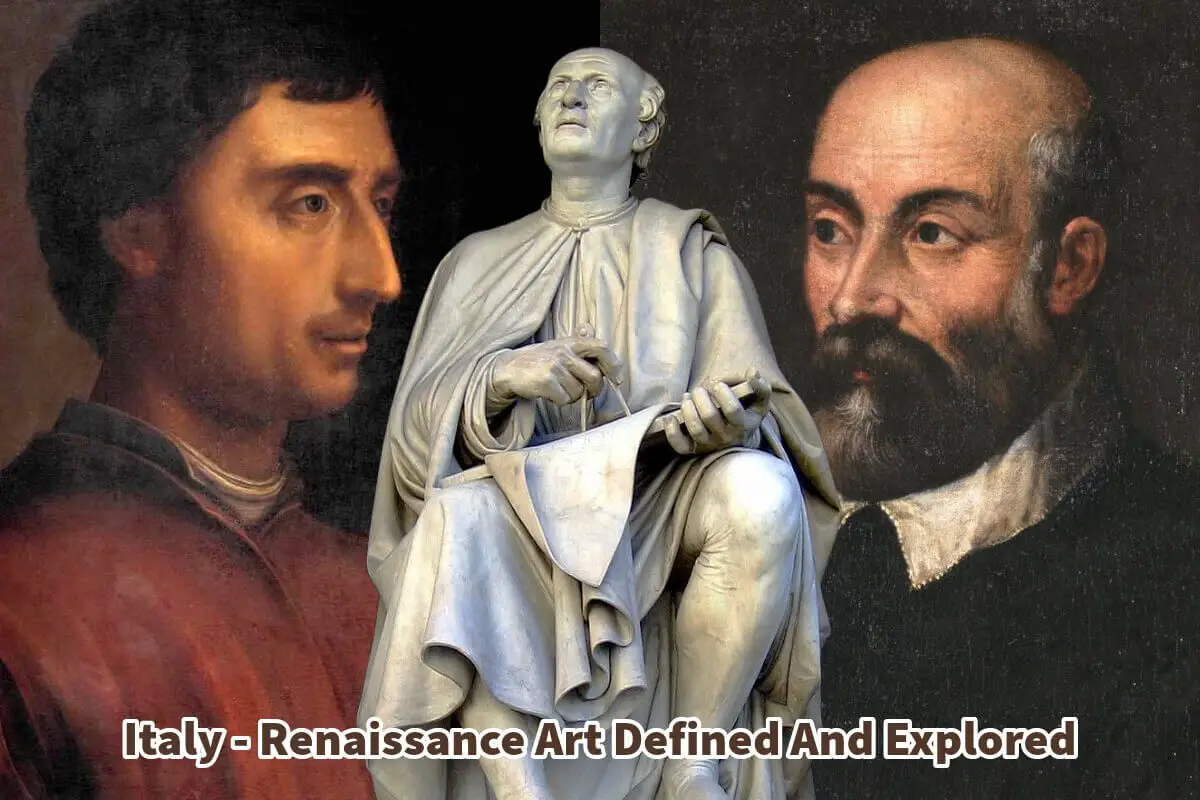
Italy – Renaissance Art Defined And Explored
The Renaissance is one of the most monumental epochs in art history, captivating art enthusiasts and scholars alike. As one of my favorite artistic movements, it is home to some of the greatest artists the world has ever seen. Originating in Florence, Italy, the Italian Renaissance is pivotal in shaping this transformative era, laying the
-
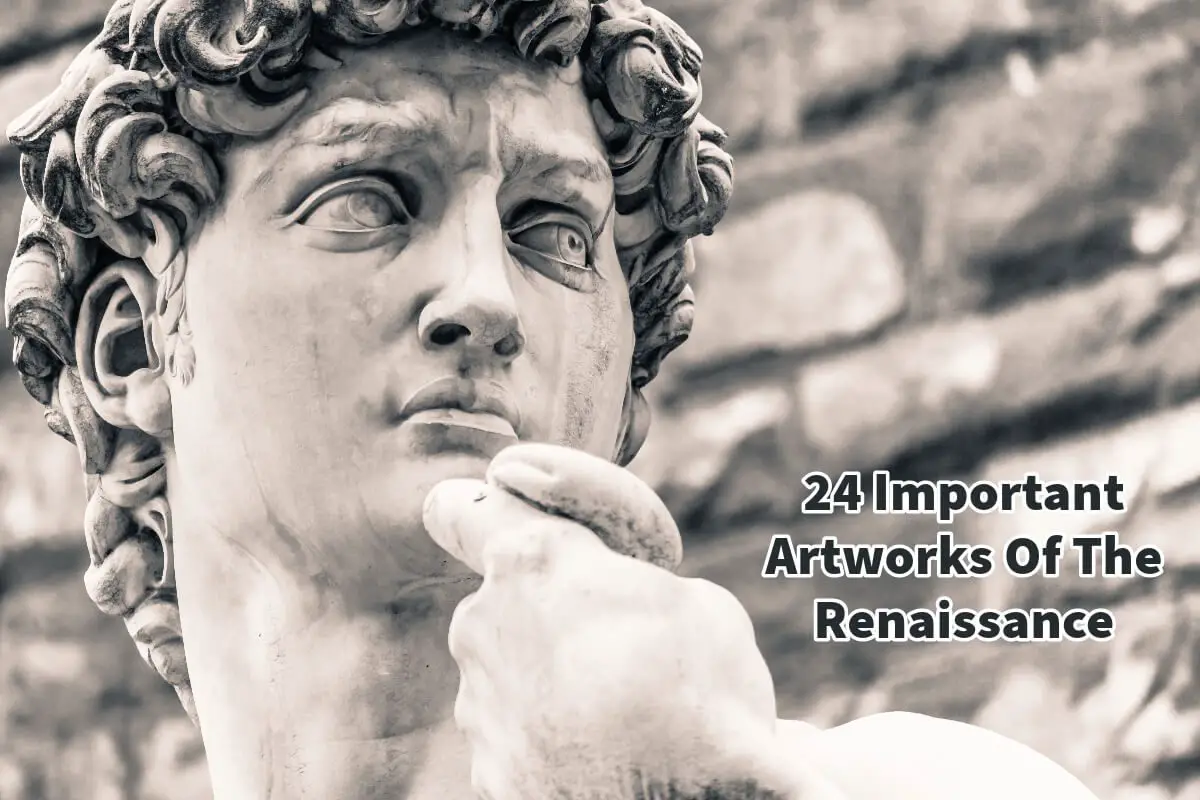
24 Important Artworks Of The Renaissance
The Renaissance period is indispensable for anyone delving into art history. The era stands as one of the most pivotal and transformative phases in the artistic landscape, characterized by a profound reawakening of classical ideals, unprecedented innovation in techniques, and a focus on human experience and emotion. During this seminal period, many extraordinary artists emerged,
-

Exploring The Renaissance Era: A Rebirth In Art & Thought
The Renaissance era is often hailed as a pivotal period in the history of art and culture, mainly because it represented a “Rebirth” of classical ideals. The Renaissance is one of my favorite periods of art as it produced so many great artists. Art underwent transformative changes during the Renaissance, and philosophy and culture were
-

What Is Post Impressionism Art? Impressionist To Post Impressionist
Among the myriad epochs that have graced the canvas of art history, Post-Impressionism shines as a beacon of innovation and creative exploration. This movement boasts luminaries like Paul Cézanne and Vincent van Gogh and has a magnetic appeal that captivates art enthusiasts worldwide. What adds a layer of fascination is that these artists, revered as
-

Post-Impressionism: A Window Into The Artist’s Mind And Soul
The Impressionist movement of the 19th century revolutionized the art world, focusing on capturing fleeting moments of light and color. However, this movement also left some artists yearning for more. Post-Impressionism artists sought to transcend the limitations of depicting the observed world and delve into the depths of their subjective vision. This desire gave birth
-
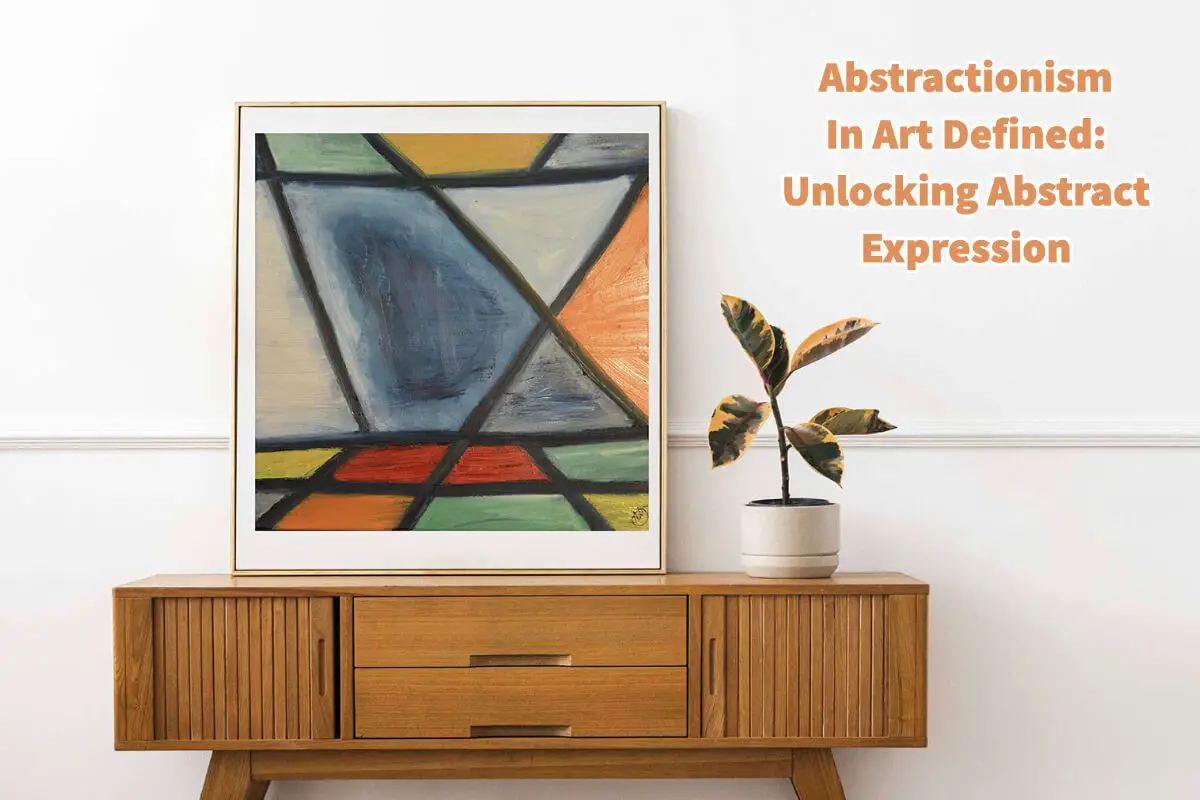
Abstractionism In Art Defined: Unlocking Abstract Expression
One of the great things about art history is a vast tapestry woven with diverse movements and styles, each contributing a unique perspective to the evolution of the artistic landscape. That is one reason I love to study art isa because you can learn about yourself, history, and the world. Among one of the most
-
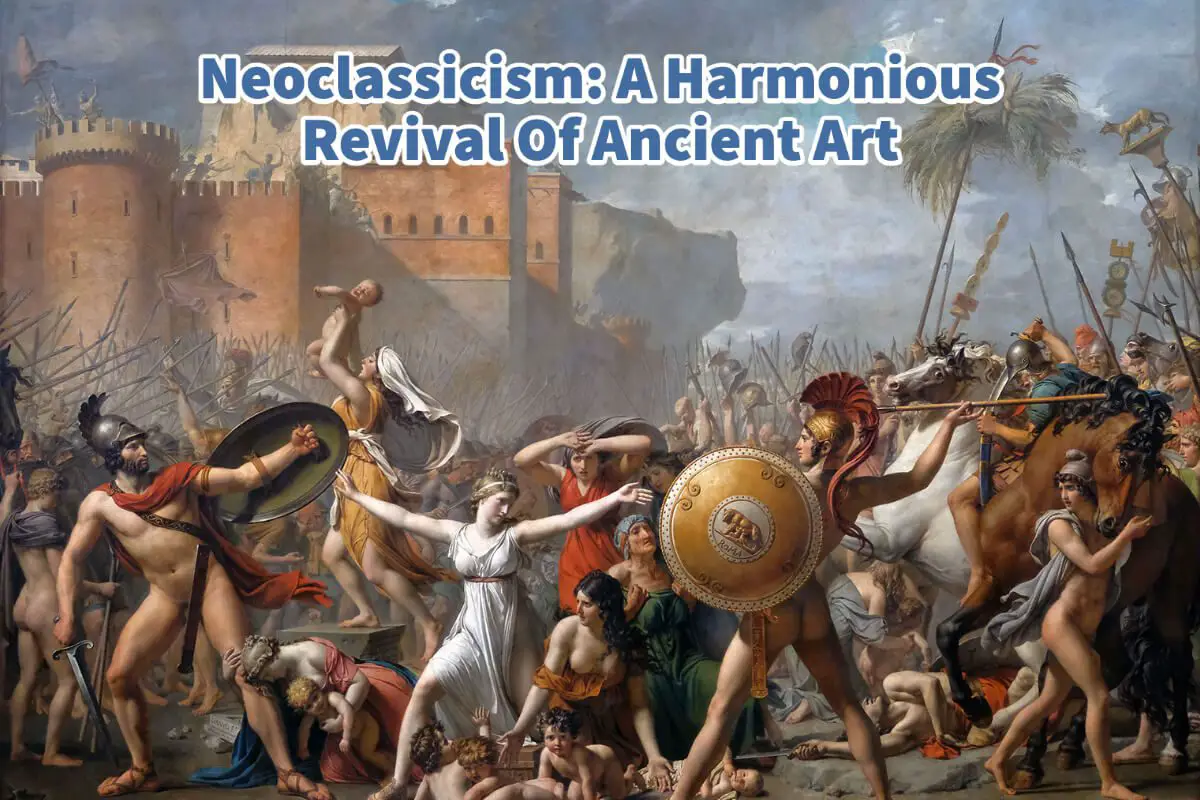
Neoclassicism: A Harmonious Revival Of Ancient Art
One of the significant movements of art is the Neoclassicism movement, yet it is a movement that is not talked about as much as other art movements. Neoclassicism, or Classicism, emerged as a significant artistic movement in the 18th century in response to the ornate and frivolous Rococo style. It drew inspiration from the art
-
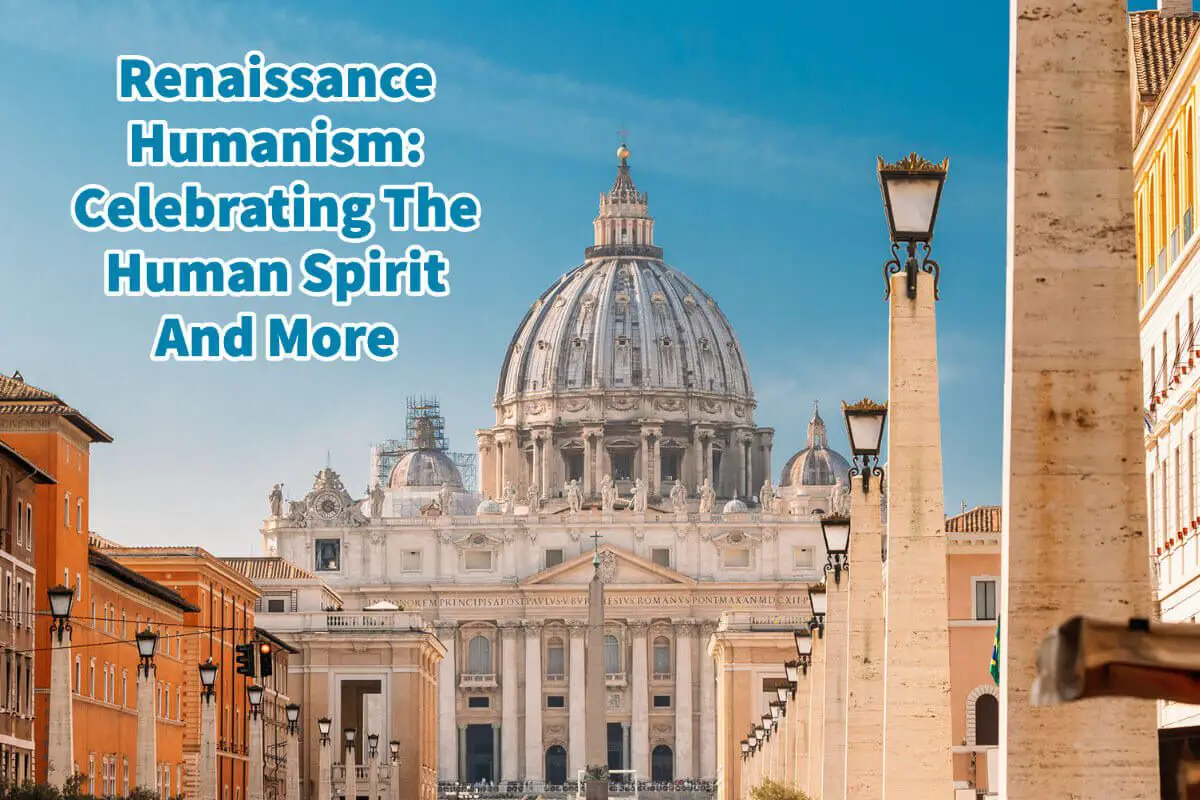
Renaissance Humanism: Celebrating The Human Spirit And More
One of the most significant aspects of the Renaissance with the movement that was known as Humanism. Humanism was about celebrating the human sprint they’re the cultivation of the arts, literature, and science during the Renaissance in the 14th to the 16th centuries, At the heart of the Renaissance movement lay Renaissance humanism, an influential
